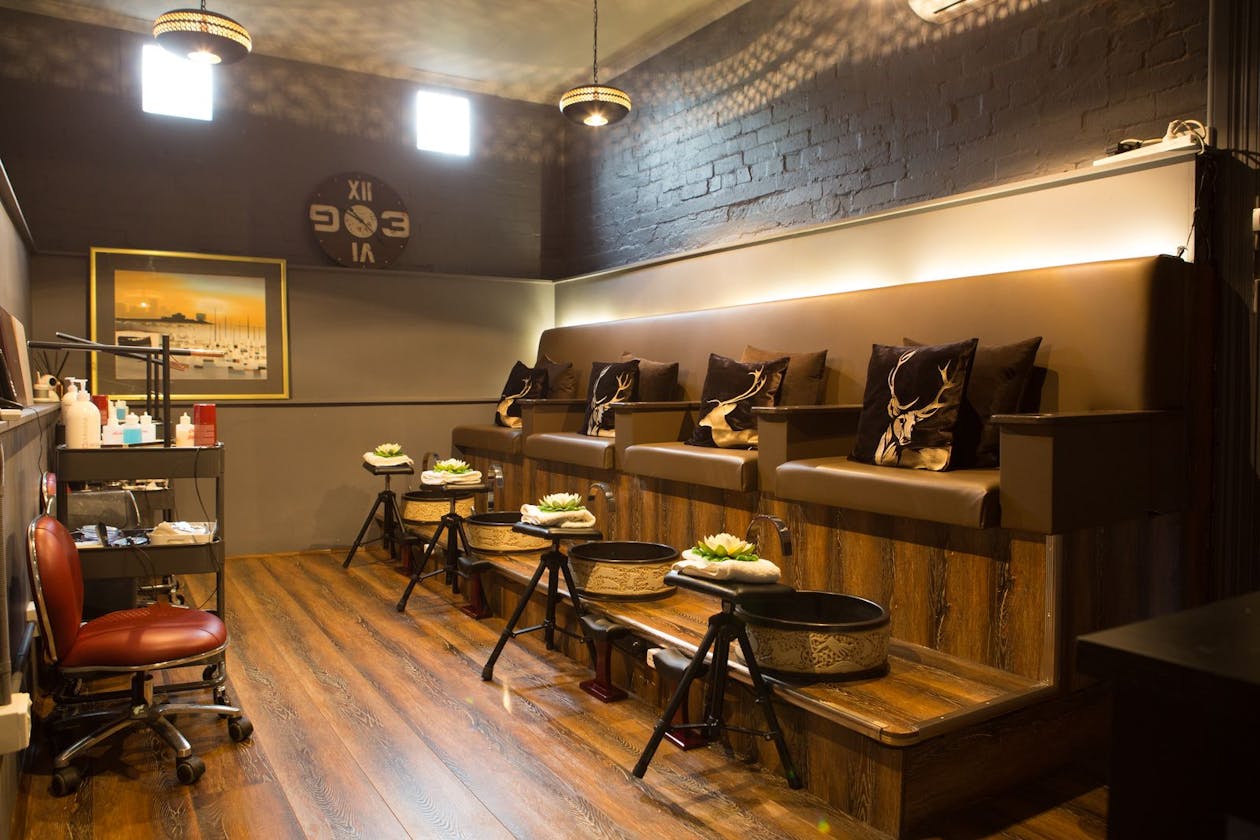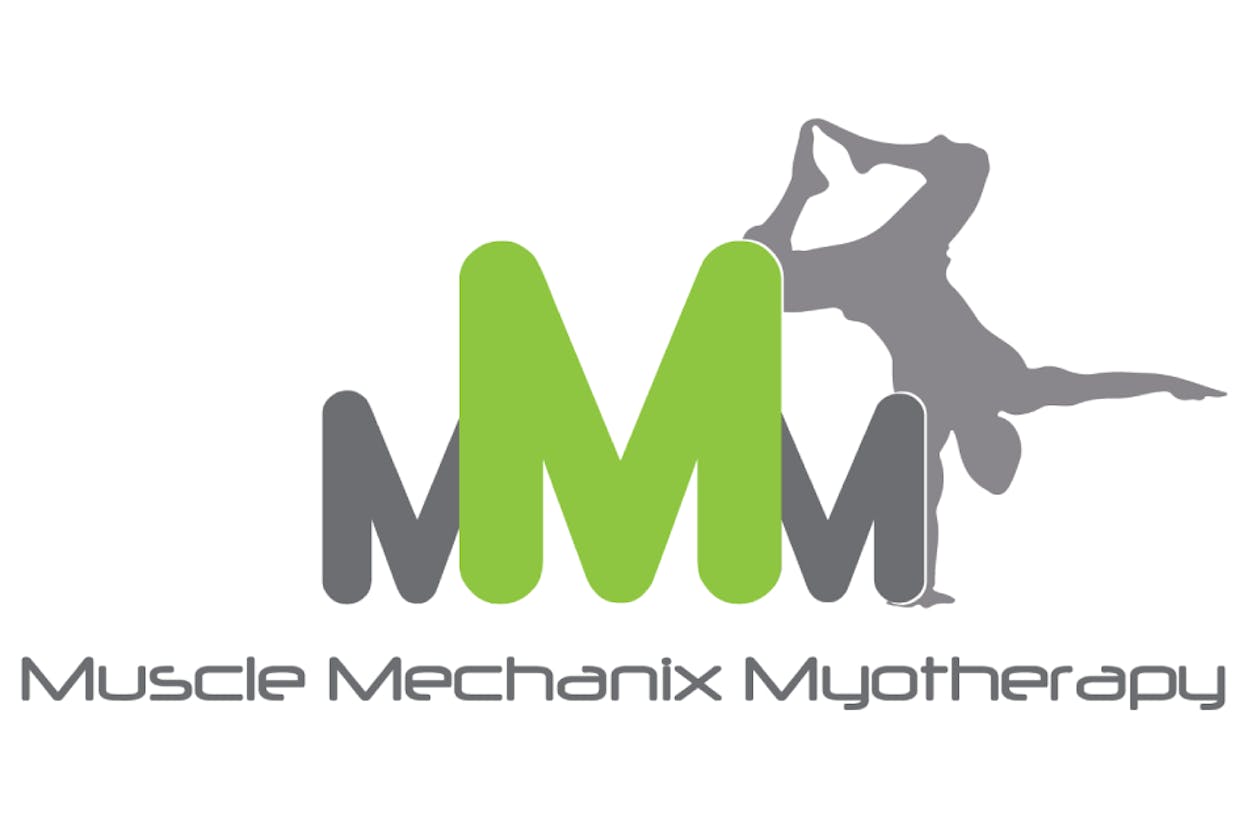
Myotherapy Book your myotherapy appointment online and save
Top 20 MyotherapistsFor more salons, check out Fresha’s list of Massage Studios.
 231 Lygon Street, Carlton 3053(90)Discover the beautiful modern salon at Orchard Road Nail & Beauty. The expert staff are committed to providing premium service in a calming, tranquil space.
231 Lygon Street, Carlton 3053(90)Discover the beautiful modern salon at Orchard Road Nail & Beauty. The expert staff are committed to providing premium service in a calming, tranquil space.
Myomentum
Level 1 / 1109 Glen Huntly Rd, Glen Huntly 3163
The Wellness Nest
Suite 128 / 838 Collins St, Docklands 3008
Myofit Massage Therapy
1 / 336 George Street, Doncaster 3108(1)Founder or Myofit Massage Therapy, Jon, is dedicated to making you say goodbye to pain and hello to a life free of movement restrictions through Myotherapy.
Melbourne Wellness Therapies - The Joint Physio
494 Glen Eira Rd, Caulfield 3162
Activ8 Myotherapy
361 Nepean Hwy, Parkdale 3195
Muscle Mechanix Myotherapy
71 Watt Rd (inside Peninsula Performance Centre), Mornington 3931
Armadale Remedial Massage
789 High Street, Armadale 3143
Optimum Muscular Health - Collins Street
Level 27, 525 Collins St. (South Rialto Tower), Melbourne CBD 3000
Strong Quality Health - Myotherapy
2 / 174 High St, Ashburton 3147
Melbourne Wellness Therapies - The Chiro Tree
528 Hawthorn Rd, Caulfield South 3162
Rebalance - Your Centre Of Health
Shop 15 105/109 Longueville Rd, Lane Cove 2066
The Myo Room
81 Princes Hwy, Dandenong South 3175
Refined Health
Level 2, 174-176 Bouverie Street, Carlton 3053
Diverse Myotherapy
66 Holmes St, Brunswick 3056
Mel & Co
2/27-33 Raglan Street, South Melbourne 3205
Motion Myotherapy Northcote Remedial Massage Melbourne
486 High Street, Northcote 3070Motion Myotherapy Northcote Remedial Massage Melbourne is a Northcote myotherapy clinic offering professional myotherapy and remedial massage services to the local community.
Elite Chiropractic Essendon
31a / 80-82 Keilor Rd, Essendon North 3041
Urban Leopard
42-44 Moreland Rd, Brunswick East 3057
Malvern Chiropractic Clinic
1192 Malvern Road, Malvern 3144Malvern Chiropractic Clinic is a professional chiropractic clinic situated in the heart of Melbourne’s leafy eastern suburbs providing professional and results-based service.
Myotherapy
Many people confuse Myotherapy with massage but the two are actually quite distinct. In common with many hands-on body workers - such as physiotherapists, osteopaths and chiropractors - myotherapists use massage in their treatments when needed.
They also call on a whole range of other treatments, including exercise prescription, dry needling, thermo and electro-therapeutic techniques and lifestyle modification.
Something all of these methods have in common is that they are evidence-based treatments.
Musculoskeletal Pain
Myotherapy and massage have different aims, different educational pathways and even different health fund rebates. Its primary objective is to provide assessment, treatment and rehabilitation for musculoskeletal pain and associated conditions.
This may include back pain, neck and shoulder pain, headaches, sports injuries, occupational injuries, Rotator Cuff problems and ankle injuries, such as Achilles tendinopathy. It will also help with jaw pain and clicking, tennis elbow, fibromyalgia and other chronic pain presentations.
Having said that, your visit to a Myotherapist doesn't have to reactive - i.e. caused by pain. Prevention is often better than cure.
Trigger Point Therapy
Some myotherapists like to work alone, but you'll find most sharing premises with other health professionals. The advantage of this is that you may need a couple of different modalities to fully treat your condition.
The term myotherapy was created by American fitness pioneer Bonnie Prudden in the 1970s. She used it to describe a type of trigger point therapy she had developed. Based on work done earlier by Travell and Simons, the treatment revolved around the cause of pain arising from myofascial trigger points.
Many doctors and academics were sceptical of Prudden's work. Over time, however, myotherapy has become a recognised health discipline practiced across the world, including Australia, the UK, USA, Canada, Malaysia, Thailand and Hong Kong.
Serious Back Pain
Bonnie Prudden Myotherapy, as it is often referred to, was prompted by a skiing accident she had in 1937. Four years after the accident she developed serious back pain and tried every treatment with little success. That is, until a friend introduced her to trigger point therapy.
Using herself, friends, colleagues and even her dog as guinea pigs, Prudden developed the treatment to what it is today. At the age of 65 she had to undergo a hip replacement. With the help of Myotherapy she was back on the gym floor inside six weeks.
The Bonnie Prudden School for Physical Fitness and Myotherapy followed in 1980, to train more therapists. The therapy was trade-marked in 1990. Prudden was still exercising days before her death in 2011, just short of her 98th birthday.
Holistic Approach
Myotherapy practitioners use a wide range of soft tissue massage and manipulation, joint mobilisation, stretching, nutritional advice, exercise plans, heat and cold therapy, ultrasound and TENS.
What is particularly appealing about the therapy is its holistic approach, taking into account not only muscles and joints but also nerves and organs.
A typical Myotherapy consultation begins with a thorough patient history and assessment of movement and posture. This might include palpation of the spine, peripheral joints, muscles and connective tissue, as well as clinical, orthopaedic and neurological tests.
As you would expect with this integrated approach Myotherapy can be used with other treatments, including massage, physiotherapy, podiatry, chiropractic, osteopathy and acupuncture.
Prevent Surgery
Myotherapy may be used to treat headaches and migraines, joint pain, back and neck pain, sports injuries, sciatica, pregnancy-related conditions and in post-stroke rehabilitation.
The best approach is not to wait until you are pain. Regular Myotherapy sessions can reduce your risk of injury and correct your posture for better mobility. It will reduce everyday muscular aches and pains, before they become severe, perhaps preventing surgery.
The treatment shares the many benefits of traditional massage in relieving stress, boosting your immune system and improving sleep quality.
Book Myotherapy in your city
- Adelaide
- Albury
- Alice Springs
- Ballarat
- Benalla
- Bendigo
- Blue Mountains
- Brisbane
- Broome
- Bunbury
- Bundaberg
- Cairns
- Canberra
- Central Coast
- Cobram
- Coffs Harbour
- Colac
- Darwin
- Geelong
- Gippsland
- Gold Coast
- Hervey Bay
- Hobart
- Launceston
- Mackay
- Maitland
- Mansfield
- Melbourne
- Mildura
- Mornington Peninsula
- Newcastle
- Northern NSW
- Perth
- Regional NSW
- Regional QLD
- Regional SA
- Regional VIC
- Regional WA
- Sunshine Coast
- Sydney
- Toowoomba
- Torquay
- Townsville
- Warrnambool
- Warwick
- Whitsundays
- Wodonga
- Wollongong